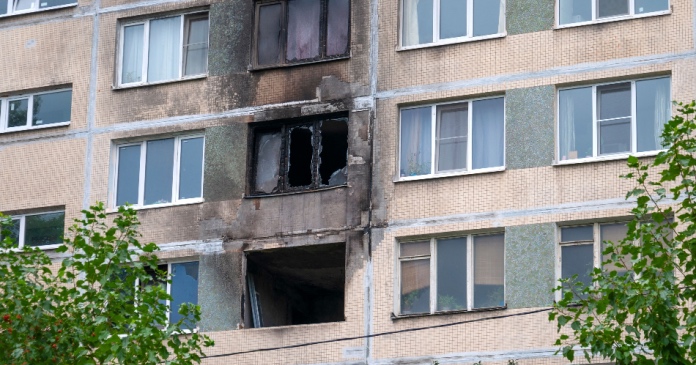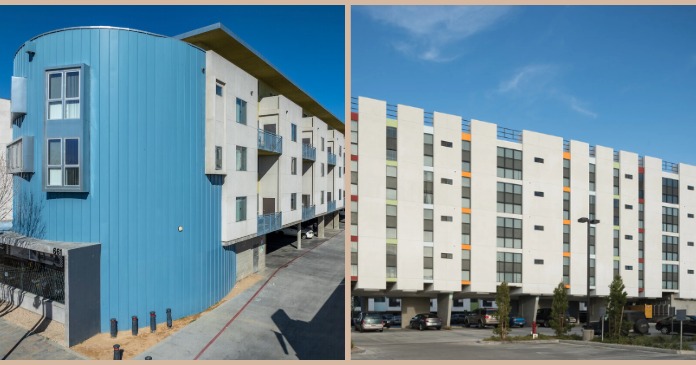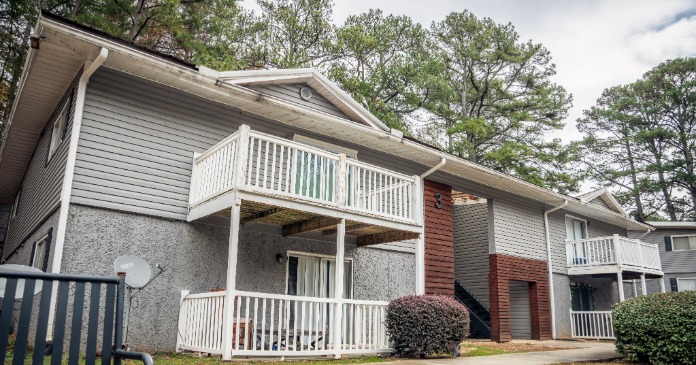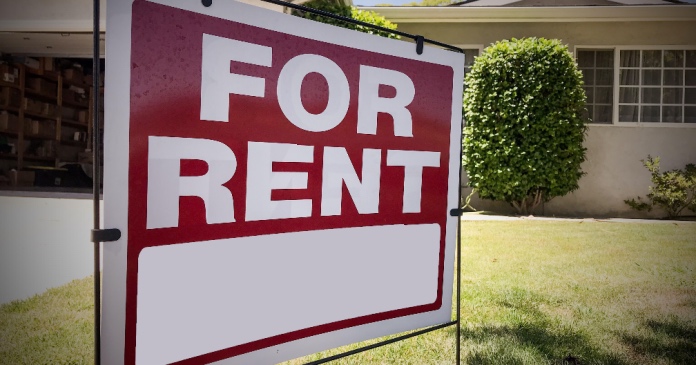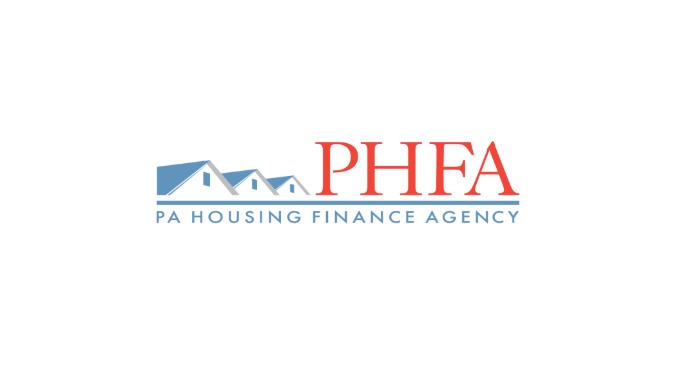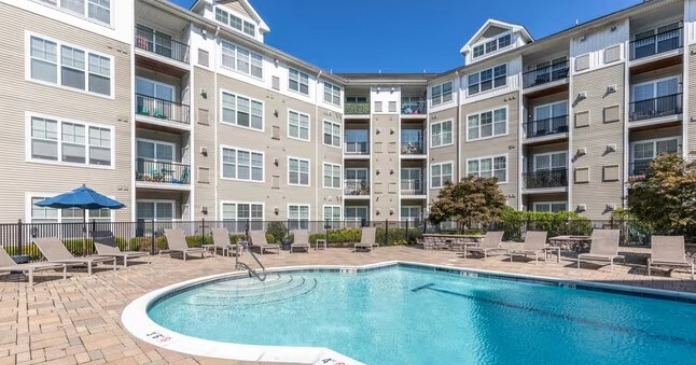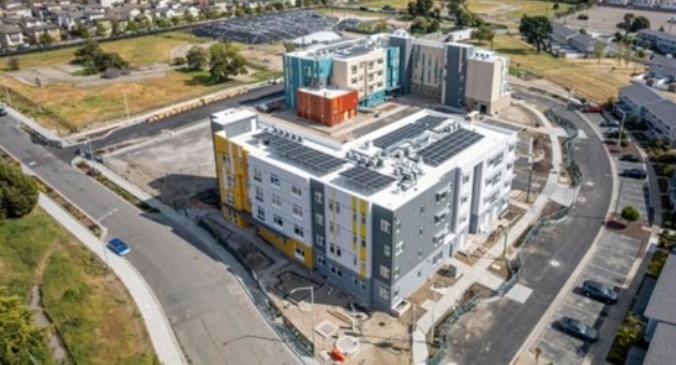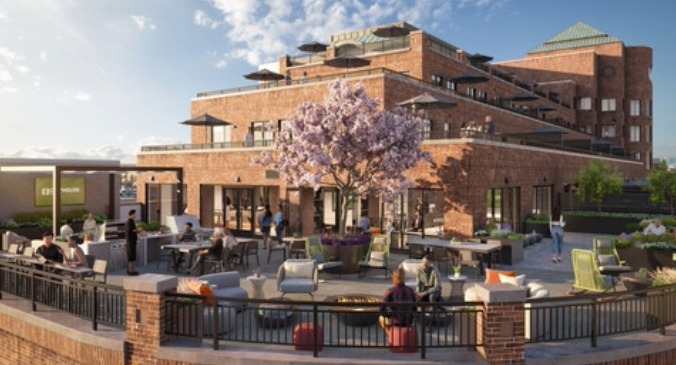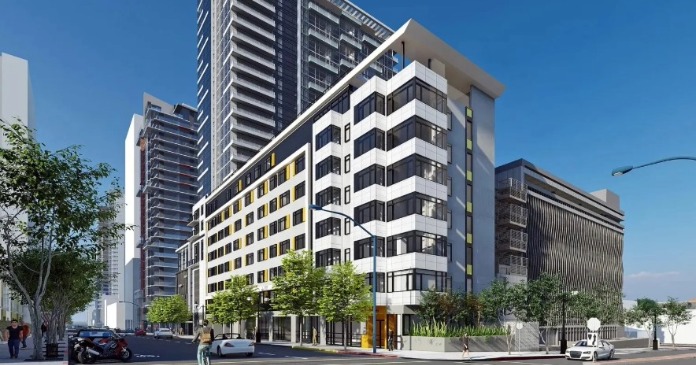A new analysis by the Pew Charitable Trusts finds that residents of modern multifamily buildings, particularly those built since 2000, experience the lowest fire death rates of any housing type in the United States. Fire deaths in newer built multifamily units occur at less than one-sixth the rate of both single-family homes and older multifamily buildings, according to the Pew Report, Modern Multifamily Buildings Provide the Most Fire Protection.
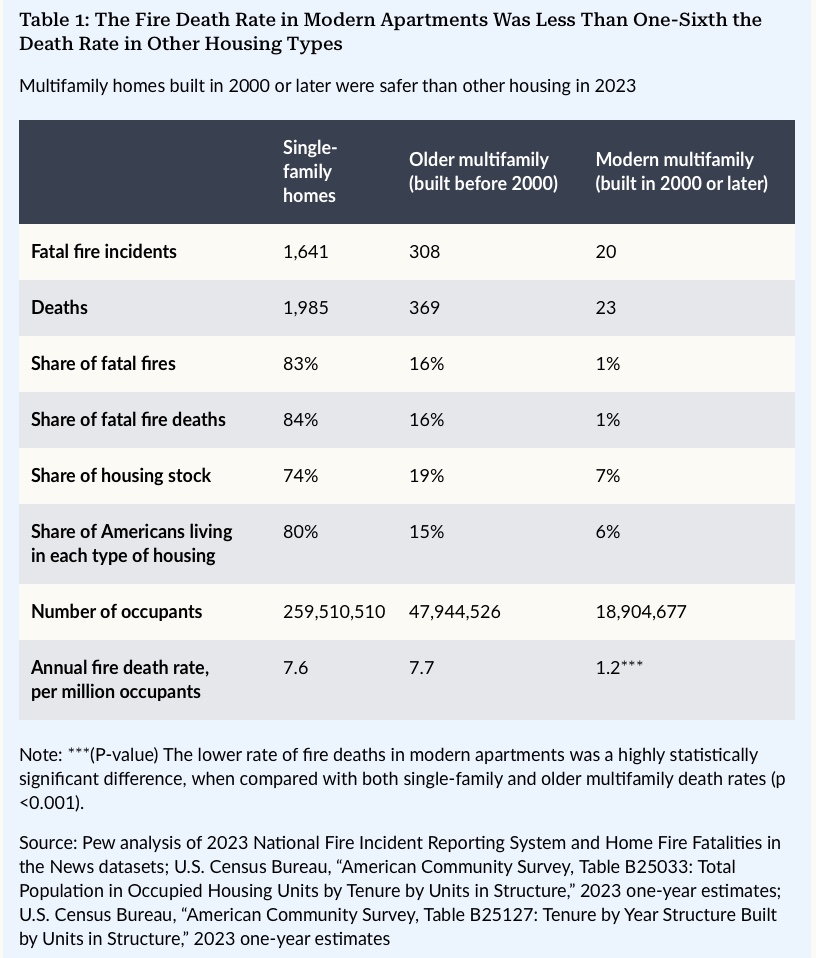
Pew’s 2023 analysis of National Fire Incident Reporting System and the U.S. Fire Administration data attributes these outcomes to safety measures like mandatory sprinklers, fire-resistant materials, compartmentation and self-closing doors, features that have been widely adopted in multifamily construction across the U.S. since 2000.
Just four fatalities were recorded in 2023 among the approximately 8.3 million residents living in units built since 2010. In contrast, older apartment buildings account for a much greater share of fire deaths relative to their occupancy.
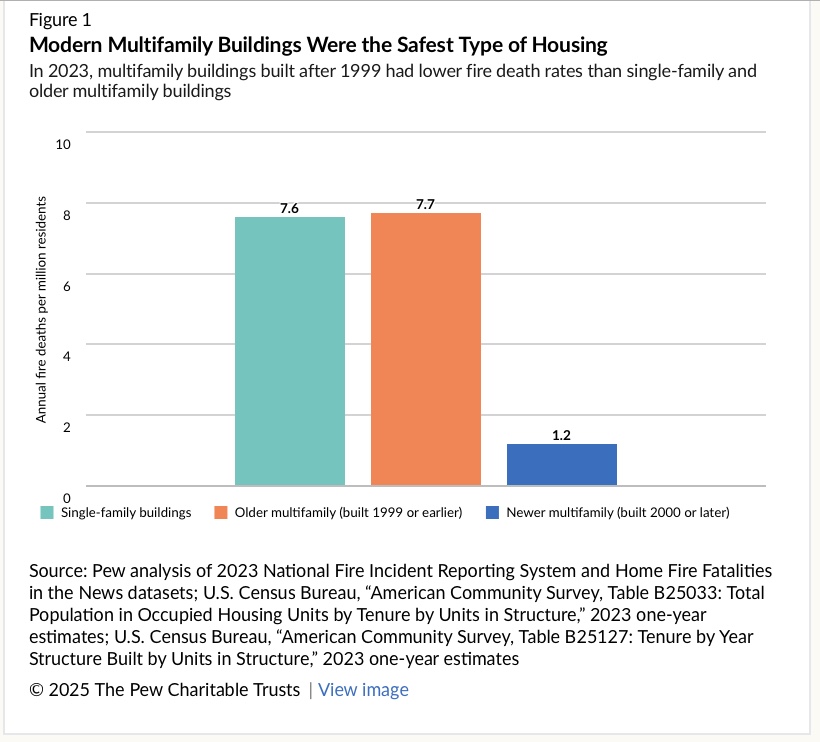 Pew analysts note that these findings reinforce previous research by the National Fire Protection Association (NFPA) and the Department of Housing and Urban Development, which also show a steep decline in apartment fire deaths as modern codes took hold in the early 2000s.
Pew analysts note that these findings reinforce previous research by the National Fire Protection Association (NFPA) and the Department of Housing and Urban Development, which also show a steep decline in apartment fire deaths as modern codes took hold in the early 2000s.
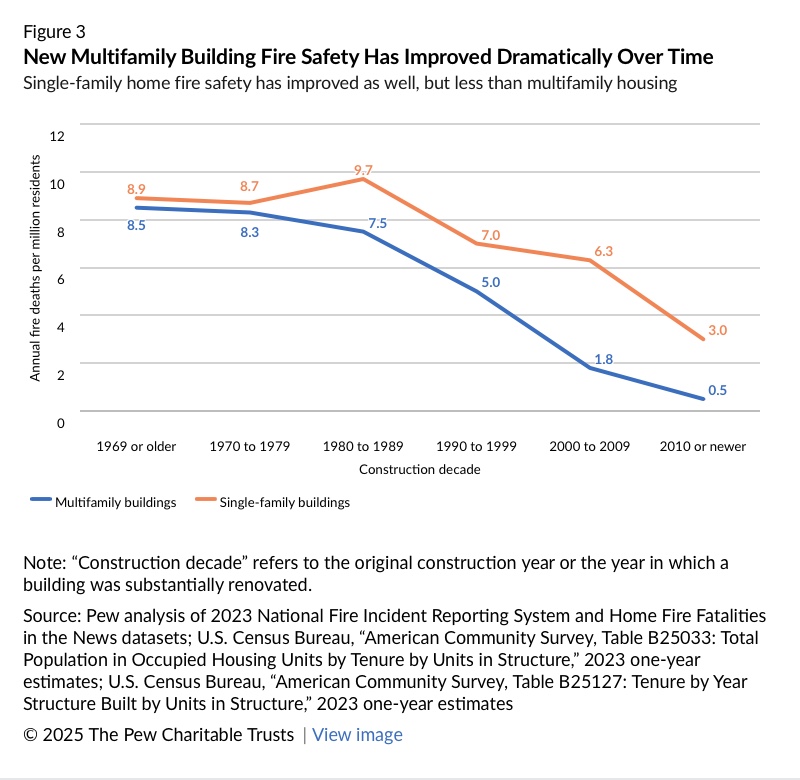
The data come as welcome validation for the multifamily developers and investors who have prioritized safety and sustainability in new construction. These metrics also matter for the capital markets, as life-safety performance influences insurance premiums, underwriting assumptions and the durability of income streams.
But Pew’s report has fueled debate around code modernization, specifically, whether today’s safety record justifies greater design flexibility to reduce construction costs and increase housing supply.
The Pew report recommends allowing smaller multifamily buildings to use a single stairway instead of the often-mandatory two, noting that such a change could reduce construction costs by as much as 13 percent and accelerate development timelines. The report emphasizes that the traditional two-stairway requirement is rooted in fire safety concerns, but Pew’s analysis found no increase in fire death risk in smaller multifamily buildings with a single staircase.
“Single-stair buildings would be much safer than the roughly 93 percent of American homes that are not modern multifamily buildings,” notes Pew.
Some housing advocates and policymakers have cited these findings as evidence that long-standing egress requirements, such as dual-stair mandates in mid-rise structures could be safely revisited to enable more single-stair buildings in land-constrained markets.
That interpretation drew a pointed response from the NFPA. In an October 7, 2025 commentary titled “What the Pew Trusts Report Gets Right—and Wrong—About Fire Protection in Modern Multifamily Buildings,” NFPA President Jim Pauley praised Pew’s research for affirming that codes and standards work, but cautioned that using those results to justify relaxing life-safety provisions could have unintended consequences.
“While the report celebrates the outcome of modern safety codes, it could also be used to open the door wider to bypassing the very process that developed them,” said Pauley.
He noted that Pew references localized experience from New York and Seattle, cities that allow single-exit stairwells in some four-story residential buildings, to suggest that taller single-stair designs could be considered more broadly. He warned that those results reflect unique urban conditions, including well-resourced fire departments and rapid response times, and cannot be generalized nationwide.
“The fire-safety record of newer buildings should not be used to justify shortcuts in the very process that made them safe,” Pauley said, emphasizing that multiple means of egress remain a core life-safety principle.
NFPA has since launched a project to model egress risk and analyze potential code gaps related to taller single-stair buildings.
Both organizations agree that modern codes save lives and that buildings that comply with current codes and include life-safety features such as sprinklers, fire-rated materials, and properly designed egress systems may benefit from lower premiums, reduced liability risk, and stronger investor confidence.
Reforming the rules that made these buildings safe requires the same rigor and data-driven discipline that produced today’s progress.
The report from Pew Charitable Trusts is available here.
The Jim Pauley, NFPA response article is available here.


